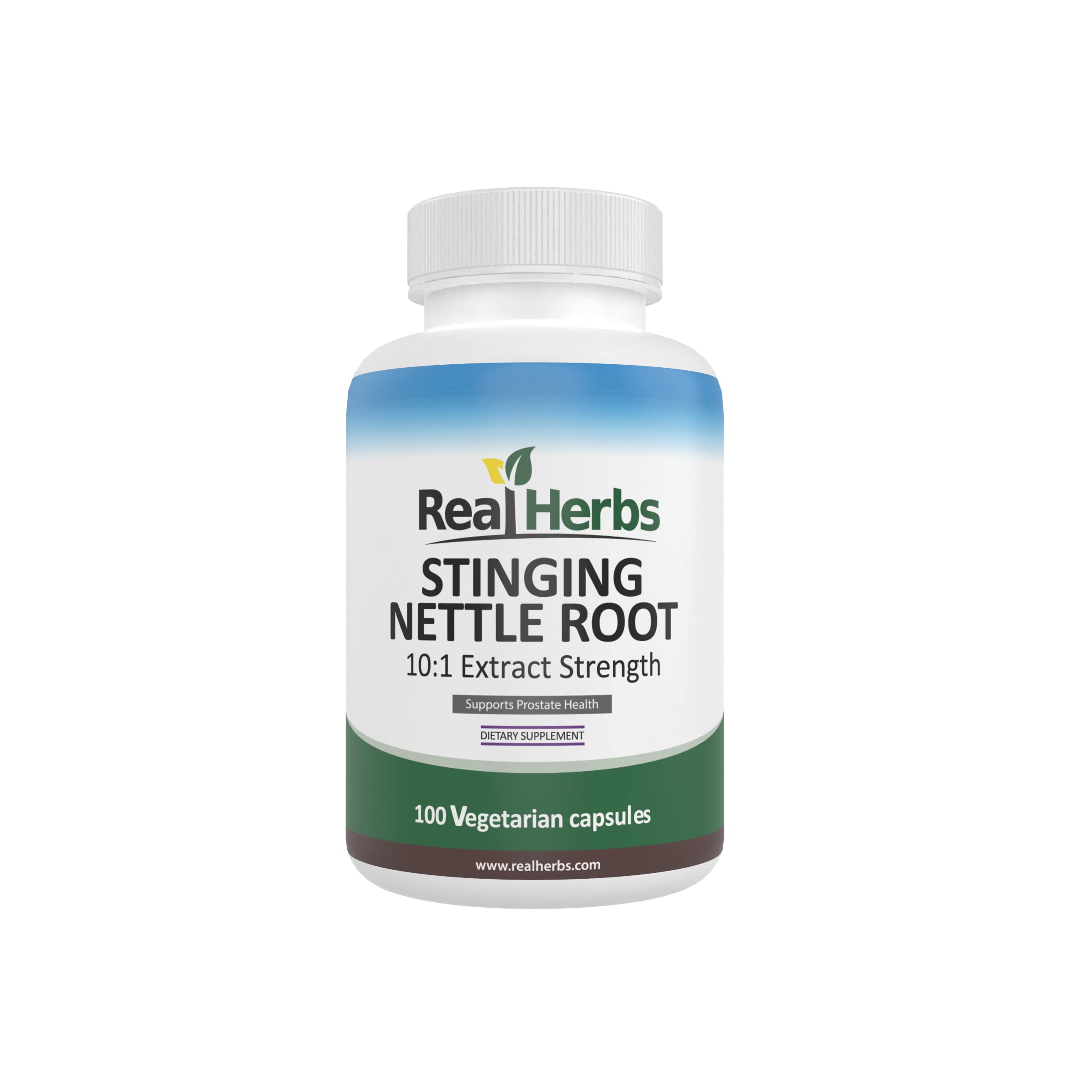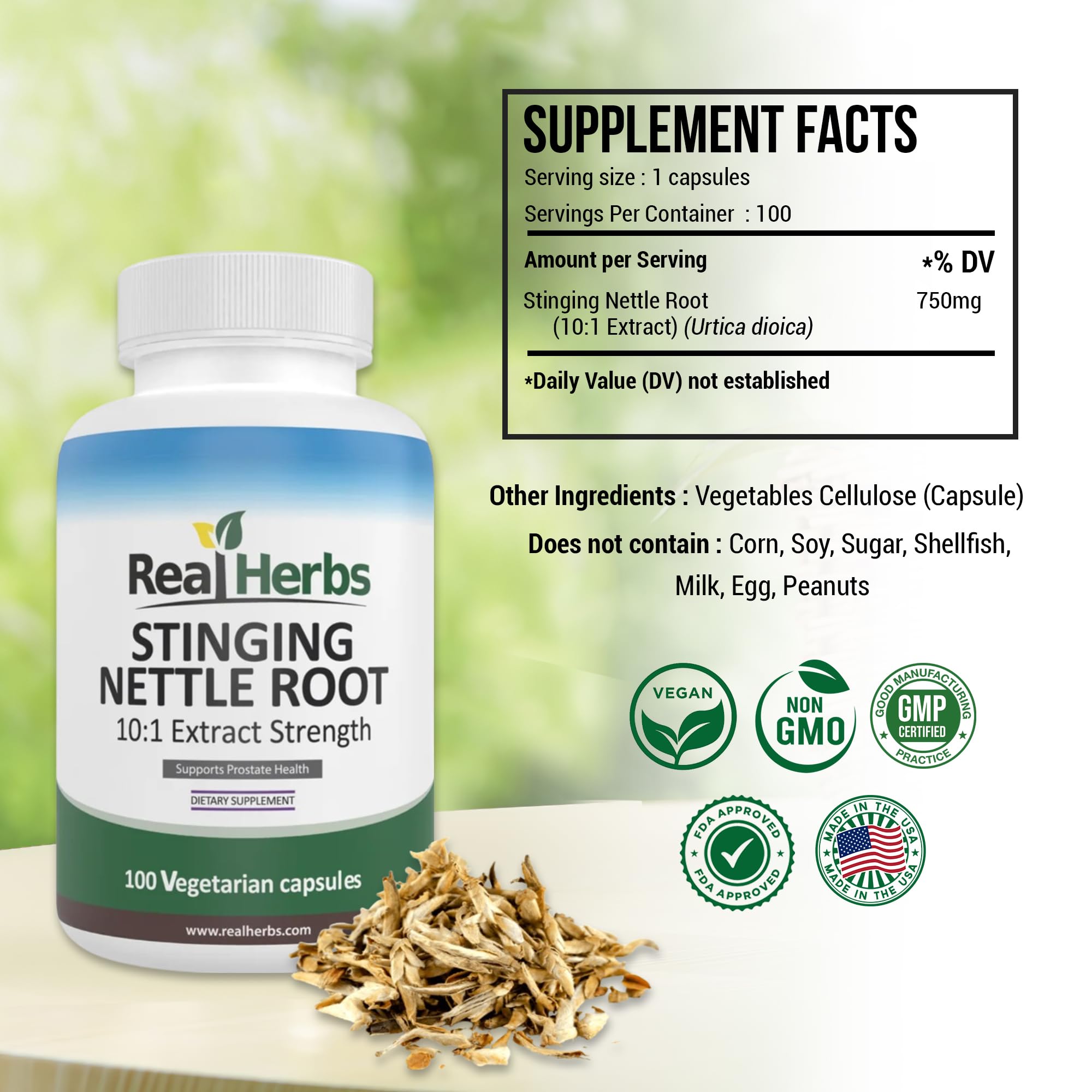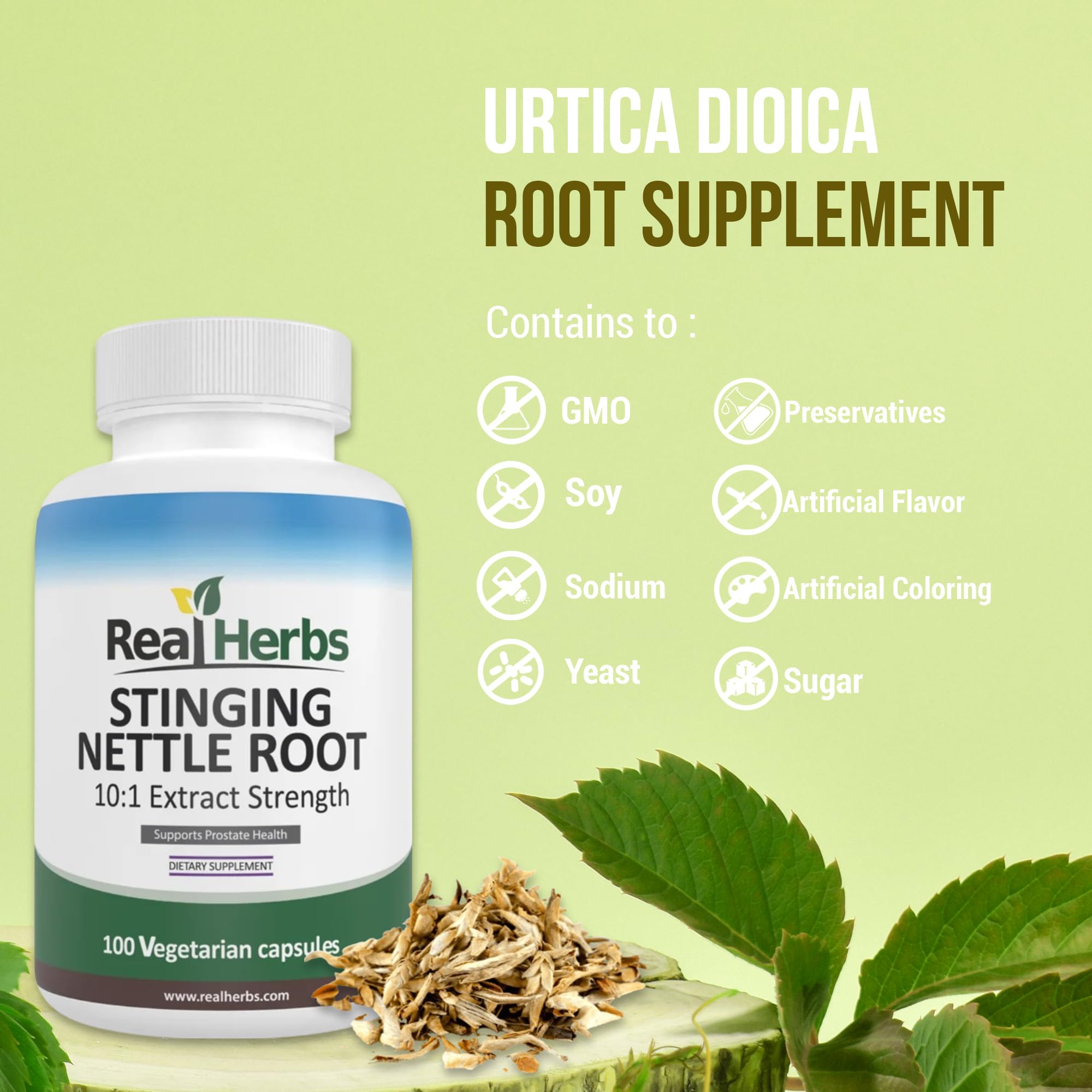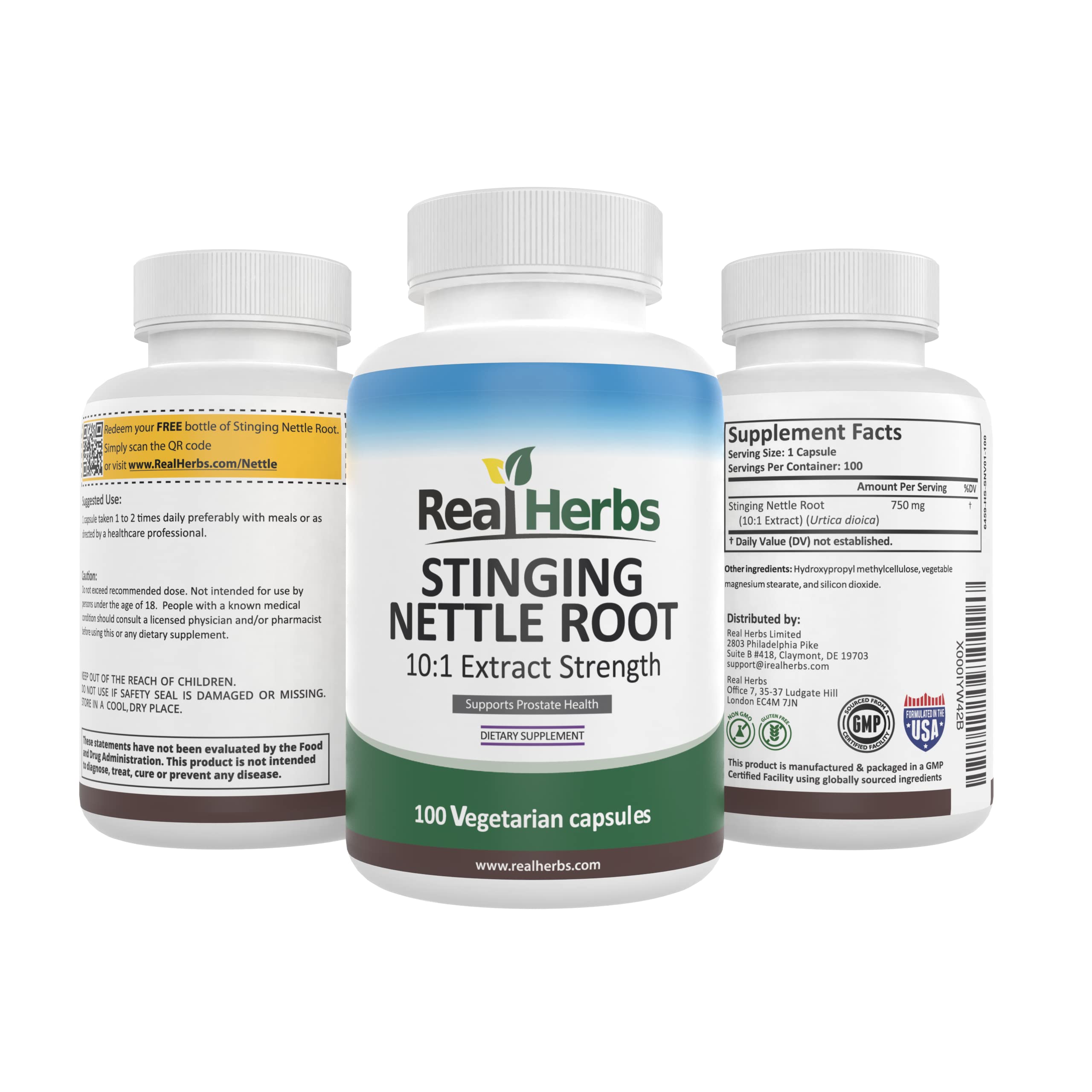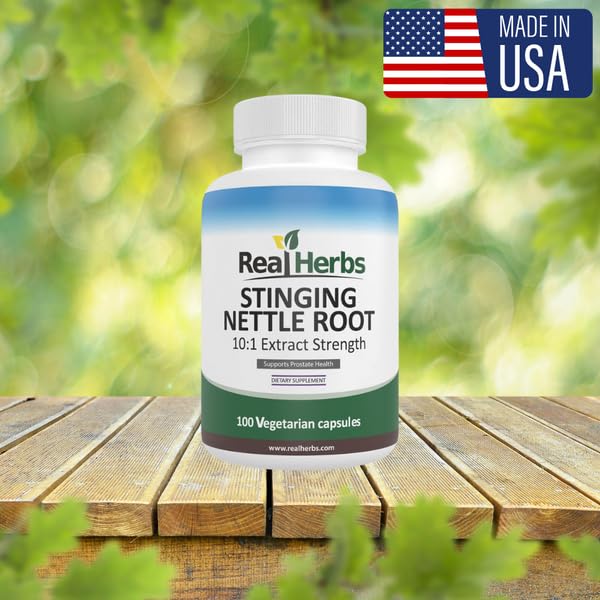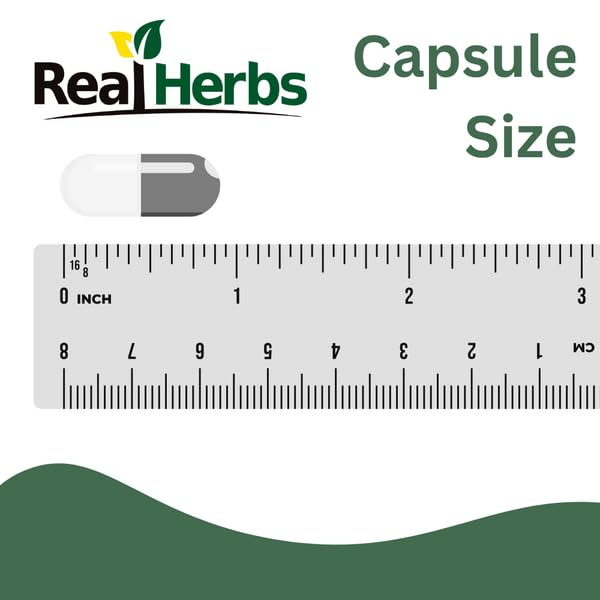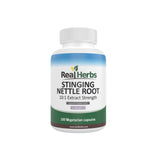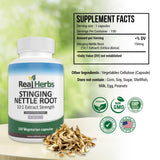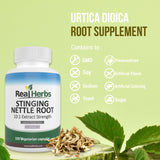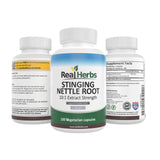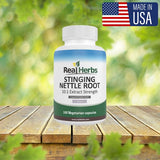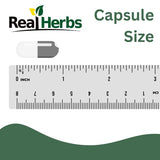What Do Stinging Nettle Roots Look Like?
Introduction
The potential health benefits of stinging nettle (Urtica dioica) have piqued the interest of traditional and alternative medicine enthusiasts. While the plant's leaves are well-known, the roots also play an important role in herbal remedies. In this article, we'll look at stinging nettle roots, including their appearance, characteristics, and historical and modern applications in medicine.
A Synopsis of Stinging Nettle:
Stinging nettle is a plant that grows in Europe, Asia, and North America. It has been used for centuries as a remedy for various health conditions due to its serrated leaves armed with stinging hairs that release formic acid upon contact. This plant has earned a place in the herbal medicine cabinet for a variety of ailments ranging from arthritis and allergies to urinary problems and more.
The Value of Stinging Nettle Roots:
Beyond the familiar leaves, the roots of the stinging nettle plant contain valuable compounds linked to a variety of health benefits. These advantages range from reducing inflammation to promoting prostate health and balancing hormones.
Stinging Nettle Plant Appearance:
Stinging nettle plants are distinguished by their erect stems, which can grow to be more than six feet tall. The leaves are heart-shaped with serrated edges and grow opposite each other along the stem. These leaves, which are notorious for stinging, are covered in tiny hairs that release irritants when touched.
Stinging Nettle Root Characteristics:
The roots of the stinging nettle plant are distinguished by the following characteristics:
Size and Shape: The size and shape of stinging nettle roots vary. They are typically yellowish-brown in color and can range in thickness and woodiness depending on the age of the plant.
Root texture can be rough or smooth, with older roots being tougher and more fibrous. When broken, they may emit a mild, earthy odor.
Stinging nettle roots grow in a spreading pattern, with some roots extending deep into the soil to anchor the plant and extract nutrients.
Harvesting and gathering:
Stinging nettle root harvesting necessitates caution and consideration for the plant's survival:
Sustainable Harvesting: It is critical to practice ethical harvesting in order to avoid overharvesting and ensure the plant's survival in its natural habitat.
Tools: A small garden fork can be used to dig up the roots while causing minimal damage to the surrounding soil.
Wear protective clothing to protect your skin from the stinging hairs on the leaves and stems, which can cause skin irritation.
Preparation and application:
Through proper preparation, stinging nettle roots can be used for their potential health benefits:
Drying and Storing: To keep the roots' potency, thoroughly dry them before storing them in a cool, dry place.
Teas, tinctures, and extracts can be made from dried stinging nettle roots. Beneficial compounds can be extracted by infusing them in hot water or alcohol.
Potential Health Advantages:
Several health benefits have been linked to stinging nettle roots:
Compounds found in the roots may help alleviate inflammation, making them potentially useful for conditions such as arthritis.
Some research suggests that stinging nettle roots may be beneficial to prostate health and urinary symptoms.
Hormonal Balance: Their traditional use suggests that they help to maintain hormonal balance, particularly in women.
Scientific Proof:
Although stinging nettle roots have been used for centuries, scientific research is shedding light on their potential benefits. Several studies have looked into their anti-inflammatory and hormonal effects, but more research is needed to fully understand how they work.
Conclusion:
Stinging nettle roots, which are frequently overshadowed by the plant's leaves, provide a wealth of potential health benefits. Their unique identity is influenced by their appearance, texture, and growth pattern. Individuals can benefit from the herbal goodness that these roots provide by harvesting and preparing them responsibly. However, before incorporating any herbal remedies into your health regimen, you should consult with a healthcare professional.

